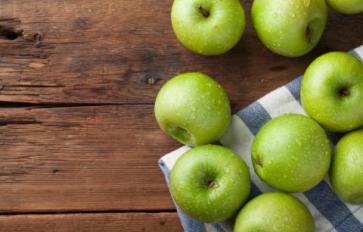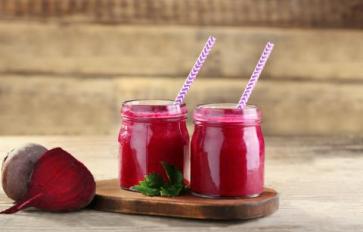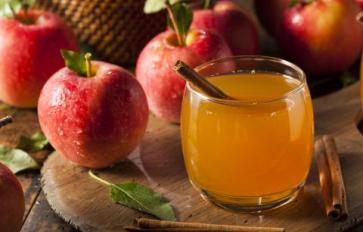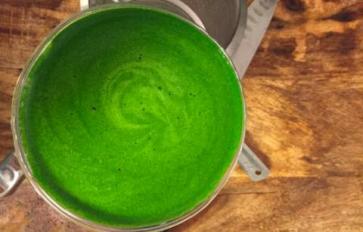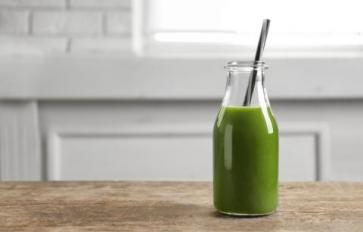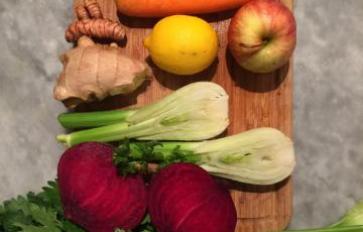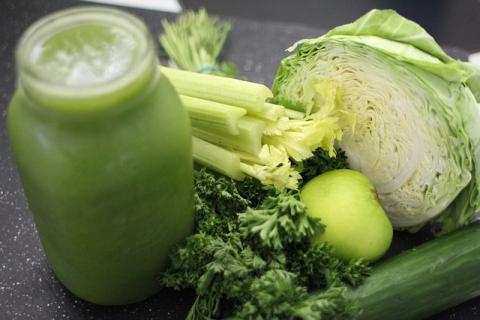
Choosing a Juicer
Have you decided you want to give this juicing thing a try? You can buy fresh-squeezed juice at juice bars and restaurants everywhere, but they can be very expensive, especially if you make it a regular habit. It’s probably time to start looking into getting a juicing machine for your home.
For me, this is where the whole juicing thing gets complicated. There are so many different types of juicers available and so many testimonials on why one is better than the other. Some juicers represent a pretty significant monetary investment, so this decision can be a big one.
I’ve gathered up some facts and figures on the different types of juicing machines on the market to help you decide which one is right for you. For the most part, each has different pros and cons, so it’s a matter of personal preference. I’ll also link to some popular, well-reviewed juicer models for each type.
1. Centrifugal Juicer, Non-Ejection Type
Centrifugal juicers are available in two varieties - automatic ejection and non-ejection. We’ll cover non-ejection type juicers first. Generally, centrifugal juicers have fast and powerful motors that spin very quickly to chop the fruits and veggies into tiny pieces to extract the juice.
Non-ejection juicers contain the pulp from the fruits and veggies you juice inside of the juicer. This means that you have to clean out the pulp pretty frequently to continue juicing. While that doesn’t sound ideal, these juicers extract juice very quickly and are generally easy to clean.
2. Centrifugal Juicer, Automatic Ejection Type
This type of juicer is similar in nature to the non-ejection type and works in essentially the same way. However, the pulp is pushed out of this juicer, meaning there is no need to stop and clean out the machine until you’re completely finished. The downside is that the ejection action can be very noisy.
3. Low RPM Horizontal Juicing Machines
Low RPM juicing machines are in an entirely different class than centrifugal juicers. These machines use a slower crushing process to extract juice rather than the spinning and chopping method that centrifugal juicers use. They are known as auger or masticating juicers.
It is thought by many that low RPM juicers are better for preserving the nutritional value of the fruits and vegetables you juice. This thought process is due to the lower heat levels and the fact that it doesn’t expose the juice to air - reducing oxidation.
4. Vertical Low RPM Juicer
Vertical low RPM juicing machines incorporate the masticating process of a horizontal machine with a smaller footprint that requires less time to get to a finished juice. Most other features between these two types are very similar.
On the downside, vertical low RPM juicers tend to be less versatile than horizontal models, with more limitations as to what you can actually juice.
5. Twin Gear Juicer
Twin gear juicers, also known as triturating juicers, extract juice by crushing fruits and vegetables between two gears that sit very close together. Twin gear juicers are another type of juicer that operates at low RPM. They tend to juice slower than other low RPM types.
Twin gear juicers are self-feeding when it comes to softer fruits and veg or leafy greens, but harder vegetables may require a little more brute force than with other types of juicers. This means it isn’t ideal for people with weakness in their hands.
This type of juicer is rather cost-prohibitive, especially when considering we’re looking at juicing for beginners here.
So Which Juicer Is the Best?
The best juicer for you is the one that has the features you’re looking for that fits within your budget. There is no one-size-fits-all formula to determine the best juicer out there. Even the most expensive juicers on the market aren’t really all that much different from the rest.
After you determine which type you want, check out juicing machines in that category. Look at their features, reviews, and, obviously, the price point.

